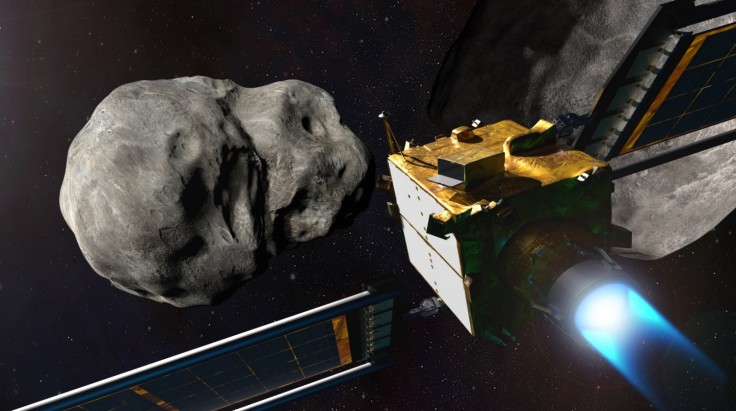
The universe is vast. Due to the phenomenon of extraterrestrial objects like asteroids and comets traveling through space, there is a possibility that an asteroid strike could do some damage to Earth. The impact might result in significant damage and put people's lives in jeopardy in the event of a physical collision with any terrestrial object.
The space industry's focus on security has grown significantly.
In fact, NASA launched a planetary defense spacecraft to explore a method for deflecting asteroids.
Here's what you need to know.
What Is the DART Mission
On Nov. 23, 2021, NASA launched the Double Asteroid Redirection Test (DART) mission from Space Launch Complex 4 at the Vandenberg Space Force Base in California using a SpaceX Falcon 9 rocket, according to Space.com.
DART is basically a large-scale project that aims to develop a "kinetic impactor" technique for diverting asteroids for planetary defense.
DART is a small, simple spacecraft that is almost as small as a refrigerator. Yes, you read that right. Apparently, Didymos Reconnaissance and Asteroid Camera for Optical Navigation (DRACO) is the only instrument on board the DART spacecraft, so it doesn't have to be too big.
What Is the Name of the Asteroid It Plans to Deflect
The John Hopkins University Applied Physics Laboratory (JHUAPL) is leading the DART mission, which has as its target the binary near-Earth asteroid (65803) Didymos and its minor moon Dimorphos.
DART will strike the moonlet Dimorphos at a speed of 4.1 mph (6.6 km/s). According to NASA, the moonlet's orbital speed should alter by a tiny percentage as a result of the collision.
If the mission is successful, Dimorphos' orbital path around Didymos will be shifted. This change might be small, but this mission will let scientists study more about planetary defense since, as the name implies, this is just a test mission. The exact degree to which this occurs will be determined in the months and years that follow the impact.
Dimorphos is 525 feet (160 meters) in diameter and 6.8 million miles (11 million kilometers) away from Earth.
DRACO will assist the DART spacecraft to navigate as it gets closer to the target asteroid. Aside from this, the high-resolution camera will also take measurements of it, including the size and shape of Dimorphos.
You Can Watch How DART Hits the Asteroid
Live coverage of the NASA Double Asteroid Redirect Mission (DART) will be available on NASA TV, which you can view below.
As for the live coverage of the asteroid impact, you can start watching at 6 p.m. EDT on Sept. 26.
According to Space.com, NASA social media accounts below will be providing live coverage of the mission in the days leading up to the impact:
Before the live coverage on Sept. 26, NASA will hold a media briefing first on Sept. 23 at NASA Headquarters in Washington to discuss DART's final activities before impact.









